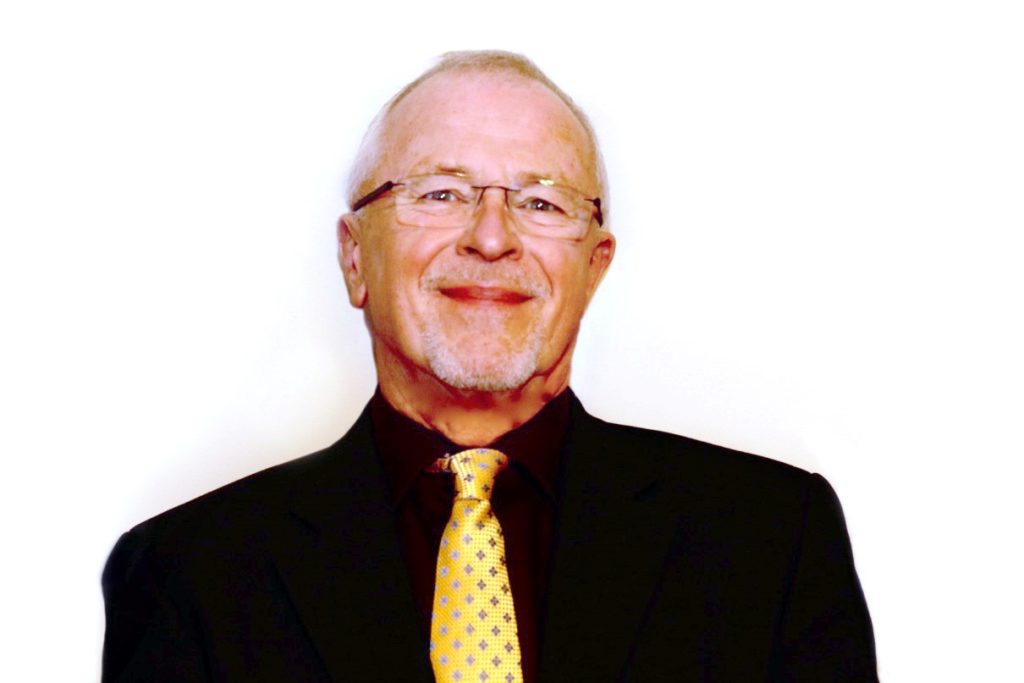
Having served as the executive sponsor for implementing person-centered care at two hospital systems, I understand the hard work that goes into creating true, organization-wide culture change.
In October, long-term care professionals will be put to the test when the new Patient Driven Payment Model (PDPM) takes effect and, as part of that, we will need to demonstrate person-centered principles at work in our culture, policies, and practices.
Here are a few suggested areas of focus to ensure that your organization will be ready to demonstrate its strengths in person-centered care under PDPM.
1. Are the seven domains of well-being demonstrated in our care plans and beyond?
The best way to answer this question is to put on your surveyor hat and begin doing some focused rounding, and that includes the executive director, administrator, and director of nursing. By now we should be seeing personal preferences documented in care plans. Select several domains, such as autonomy, and ask to see evidence. Are their preferences for what time they prefer to get up or how they prefer to bathe noted and being honored?
Ensuring that providers are aware of co-morbidities and have care plans that acknowledges those is also key. Is there documentation of comprehensive person-centered care planning, including an understanding of emotional challenges and trauma?
Ultimately, culture change goes deeper than care plans. Policies and procedures must reflect residents’ rights as well. If you still have formal visiting hours, are they resident- and family-centric? Are there processes in place that incorporate residents and families into care planning and can caregivers readily explain those?
2. Do caregivers’ behaviors reflect person-centered care?
Surveyors will expect observed evidence of person-centered service in caregivers’ attitudes and behaviors, and in their discussions with residents and family members.
In my former role as a Chief Nursing Officer, I found great benefit in the Studer Group’s AIDET principles which promote behaviors for effective patient communication:
- Acknowledge
- Introduce
- Duration
- Explanation
- Thank you.
Leadership can effectively measure person-centered philosophy through this framework. Is the caregiver acknowledging the identity and presence of the resident in their interactions? Are the caregivers introducing themselves and their role? Are they telling the resident how long their procedure will take, what they can expect from the care they’re providing, and why they’re providing it? Are they saying, “Thank you,” which reinforces that the resident is at the center of these interactions?
3. Are we providing the education and affirmation necessary for true commitment?
In 2017, Asbury redesigned its associate orientation process around person-centered principles. Every new staff member attends this full-day, immersive experience, which includes lunch with residents, on their first day. But in a clinical setting, scheduling time during staff meetings to role play person-centered interaction and documentation is critical.
When you think about it, acknowledging a resident’s identity by introducing yourself or greeting a resident in distress respectfully is the foundation of professional communication. Why wouldn’t we do this?
It is the responsibility of the leadership team to set the expectation that this is non-negotiable, and to really celebrate associates who are engaging in resident-centric behavior. Send a thank-you note to their home saying, “I saw you doing X behavior, and I wanted to thank you for providing person-centered service.” Something that simple can really be meaningful. If your organization has an associate recognition program, make sure you utilize that, too. Purposefully affirming the positive resident-centered behaviors is at the heart of ‘hardwiring culture change’ and enhancing the resident experience overall.
While PDPM may be creating some consternation in our profession, I believe we all understand that it marks an important and positive turning point for us. Person-centered care goes to the heart of our role as stewards of a vulnerable population. The literature supports over and over that quality outcomes occur when the resident is at the center of their care plan. It improves service and safety. And, it makes residents and their family members feel heard and valued.
Skip Margot, RN, is the Vice President of Clinical Excellence at Asbury Communities. He joined Asbury Communities in 2017 as the Interim Executive Director of its home health agency in Gaithersburg, MD.




